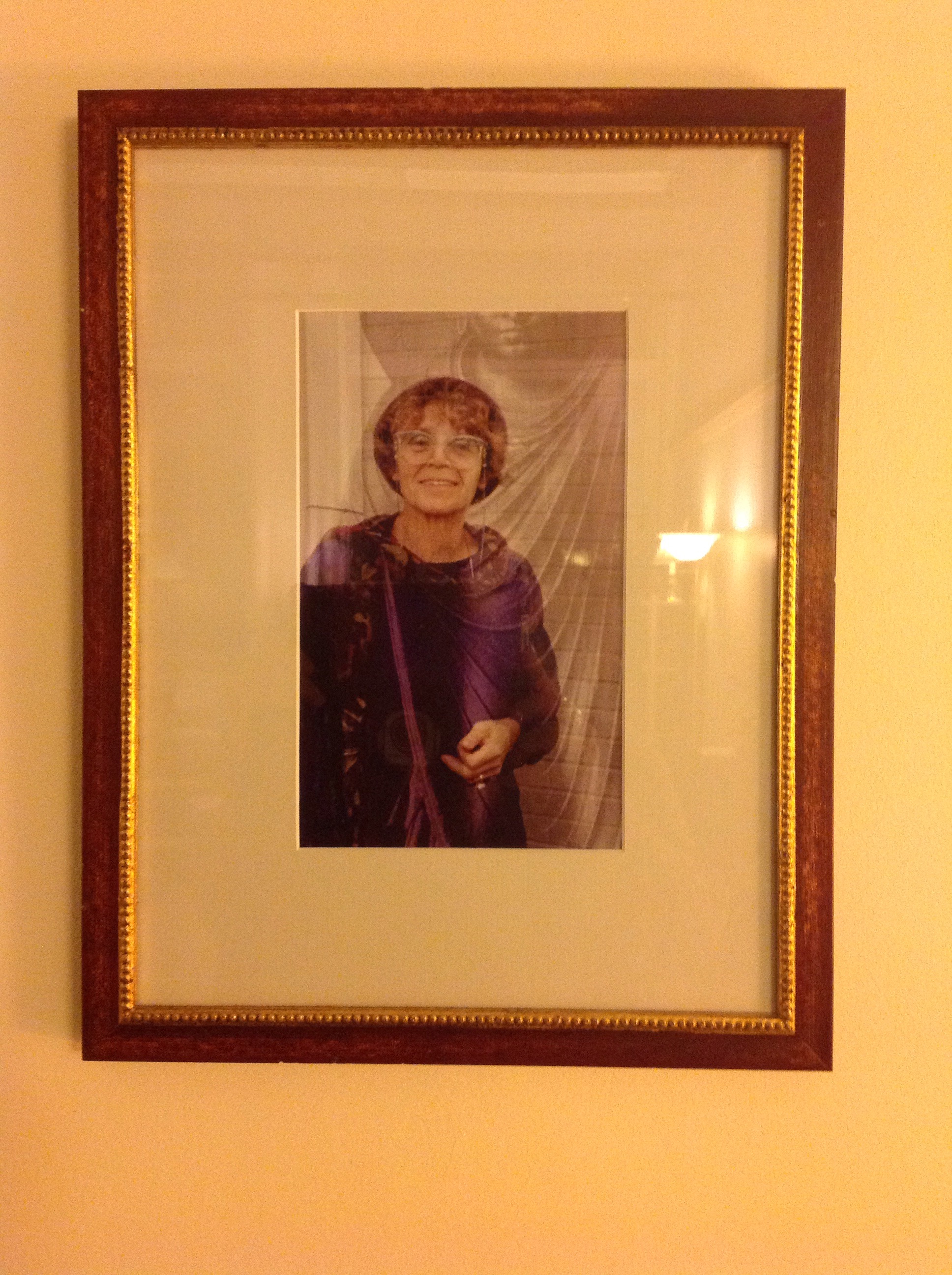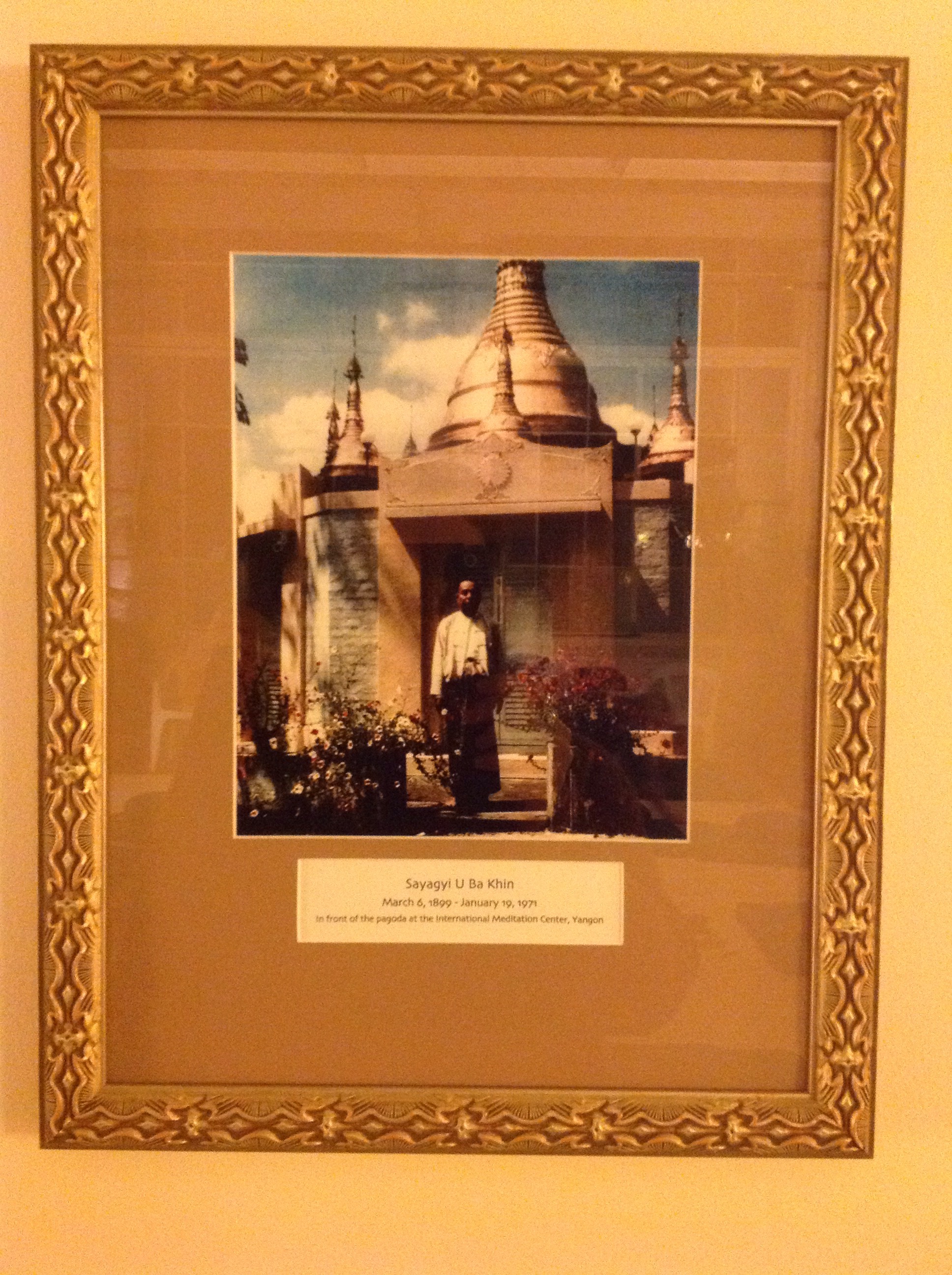In traditional Buddhism, even Western Buddhism, there is typically attention to lineage and one’s teachers. In respected circles, one cannot become a teacher unless one has received transmission or endorsement from a teacher who also received something similar from their teacher or lineage. I suppose one can liken it to apostolic succession in the Catholic tradition, though it’s quite different.
I have not been very interested in lineage which reflects not only my temperament (I am ambivalent about teachers and the power they wield), but my position as a lay person in my sangha, as well as perhaps the soft lineage of my particular stream of Buddhism (Insight Meditation). I call it “soft” only because I see other traditions (Zen, even Shambhala) and there seem to be far more formal structures of this process.
Now that I am about to go to Burma, which is the geographic origin of my stream of Buddhism, I am experiencing more interest in my sangha’s lineage. Some of it is for embarrassingly superficial reasons: I don’t want to appear like an idiot if I arrive in that country without any knowledge of this.
In the meditation center that is the physical home of my sangha, there is a series of photos on one of the walls. They are photos of our founding teacher, Arinna Weisman, and the lineage which brought this particular sangha into place. Arinna is no longer the guiding teacher of the sangha, but she is the person with whom I made my initial connection to Buddhism and the reason why I chose to explore meditation and Buddhism at this particular center (there are several to choose from in my area — we are lucky that way). She is a white woman, originally from South Africa, and I very much appreciated how she spoke of racism and other cultural markers of oppression. This is the photo of her that is on the wall in the sangha.
Arinna received endorsement (to be honest, I am not even sure of the right terminology — there is so much for me to learn) from her teacher, Ruth Dennison. This is her photo from the wall:
I met Ruth once, which is to say, I was in the same room with her when she visited the sangha, just a few years ago. She is getting up in age and her teaching was impacted by that, but the affection that many people in the room had for her, and their respect for her presence, made an impact on me.
Ruth studied with this guy:
U Ba Khin
He is the source back to Burma through which my connection to my sangha can be traced to that country I am about to visit. He is known as a leading 20th century spreader of Vipassana (Insight) meditation practices, teaching others, some more widely known than Ruth (in particular, S. N. Goenka, known in North America especially and Mya Thwin, who is known in the U.K.) Not only was he a widely respected meditator and teacher, he held high office in the Burmese government.
As I was surfing the internet, I came across something the suggested that Ruth had been cut off from the official lineage — if I were to turn, once again, the Catholic imageery, it would be equivalent to a defrocking. I reached out to Arinna to ask her about this. She shared with me this explanation.
U Ba Khin was known for his technique of integrating the body scan into the process of meditation. Ruth worked with this as his student and then, after she became a teacher, she contributed her own interpretation or contribution of this, which was a kind of meditative movement. She saw that her students were better able to integrate the teachings when this body-based meditative practice was included. However, the Council, responsible for orthodoxy of U Ba Khin’s lineage after his death, did not find favor with this practice. So they removed her from the official lineage. Arinna feels that this choice is a manifestation of the ongoing sexist dynamics within Theravadan Buddhism, not only because they would not accept this innovation by a female teacher, but also because the innovation itself is so body-based, which is typically associated with the feminine, and thus too far outside of the Council’s comfort zone.
I have to say, having learned this history of feminist heresy, I feel even more at home in my sangha and thankful to my teachers, direct and indirect.
It is nearly the end of the calendar year. Last year at about this time, I wrote a blog post filled with gratitude. It included a section expressing gratitude for my teachers — some of the meditation teachers, my ministerial formation mentors, colleagues who had facilitated a workshop on cultural competence, and professors who had taught me in the various schools I had attended. Let me continue this ritual, for I am blessed with teachers in abundance:
* my continuing mentor, friend, and colleague: Stephen Philbrick
* my new supervising minister, Rev. Elea Kemler, at my internship congregation — she is a brilliant teacher and I can’t imagine a great blessing
* my children, who continue to be sources of pride and teachers of humility for me
* my husband, who fulfills the role best described by Wendell Berry regarding how to be a poet: “Any readers who like your poems, doubt their judgment.”
* new professors and instructors, I have encountered at my new seminary, including Brita Gill-Austern, Mark Heim, Nathan Detering, and Gary Smith, along with wonderful deans: Sarah Drummond, Nancy Nienhuis (my advisor), and Mikel Satcher
* the two congregations I have served this year — Village Church in Cummington, MA and First Parish Church of Groton (also in Massachusetts), who have been good (and quite distinct) teachers on my path to professional ministry
* Joanna Macy, whose book Active Hope was on my list last year and this year, I got to spend a weekend with her (and 79 other people) — what a stunning spirit in this world
* my college friend, Mark Green, who has been blogging about his brain tumor and now is officially receiving hospice care — his choice to be awake in the midst of his living and dying is a gift to me and this world
* a bevy of amazing seminarian colleagues who have helped me in deep ways, sometimes from up close and sometimes from afar. Particular shout outs to Melinda Green, Adam Dyer, Liz Weber, Anne Rapkin, and Liz James upon whose shoulders I have leaned intellectually, spiritually, bloggedly, politically, and personally
The problem with lists like this is that once you hit the “publish” button, more names and moments come to mind for inclusion. So I will just go forward and see how many times I will need to edit this particular post.



